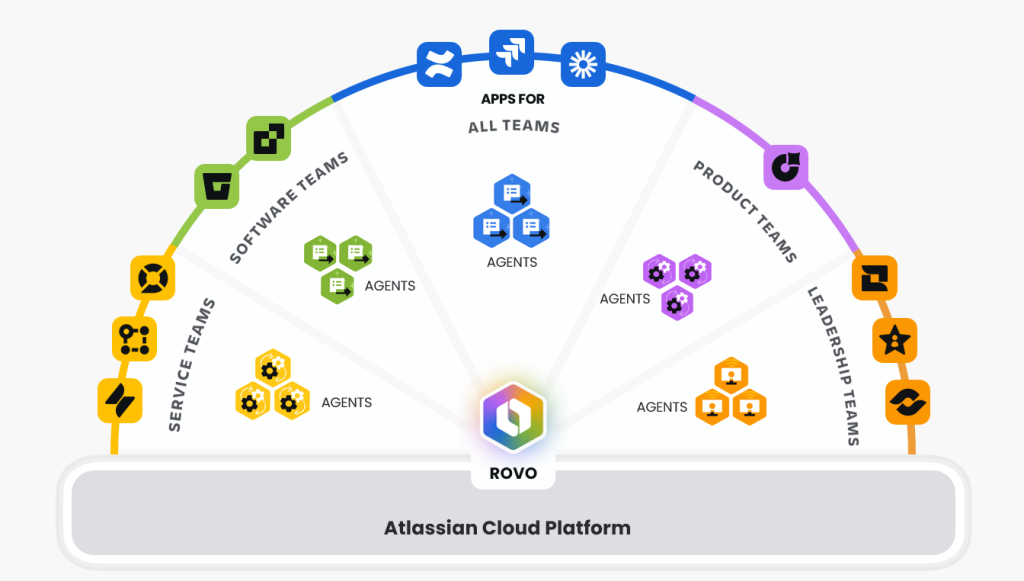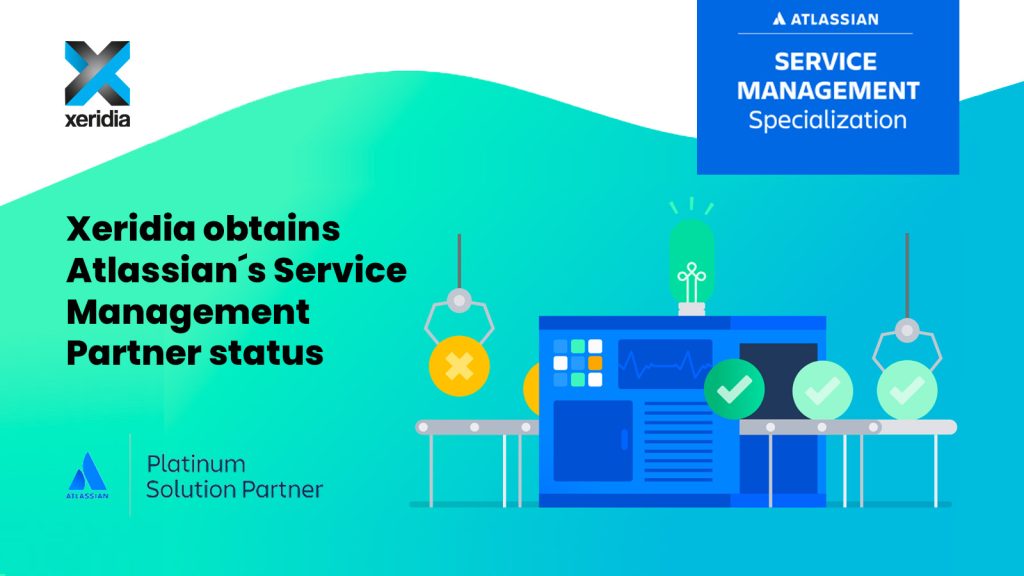
NOTES BASED ON ACTUAL EXPERIENCE OF DEMAND MANAGEMENT, AWAY FROM AN ACADEMIC VIEW OF THIS
"IT can and must lead a process towards the total unification of demand management using a single solution"
But let’s not waste any more time- I would like to ask you the following initial questions:
- In relation to the much talked about “alignment to business strategy”, are you sure and can you guarantee that the entire budget for applications and other solutions, is spent where your company really wants it to be? In its entirety, not only for those large projects.
- Do you already have an agreed service level with your internal clients and/or top management based on clear metrics that are well measured? Will you bill these services you provide in the future, even if only “analytically”? IT as a profit centre.
- At times, IT departments have felt misunderstood or at least, debated about. Are you doing anything to help resolve this? Does IT demand have the transparency and visibility that it requires? Does your client – requesters, business managers and demand co-managers – have up to date information, either periodically or online, when and where required? Are they participating in the whole process or are they simply “gracious users” of the demand platform? This is a complex challenge and not without real risks however in the medium term you will benefit.
- Is a single, integrated system being used for all IT demand ? On occasions, a company may have systems split by channel, by entity, by third party provider, etc. – even various systems within IT: for large projects, change management, FixIt, support etc. Do you use all of these systems as management tools, especially for overall demand? Are they all robust solutions, based on market leading software? This is not just about requests being made to IT.
- Are there well-defined and precisely calculated KPIs within your solution? Are these the ones you really want or are they simply the ones given by your tool? Do you truly trust them? Do you still believe that your intuition is better? Do you think you just waste time by obtaining and analysing them?
- Are you dealing with external services and IT factories with the operational rigour that these types of investments demand? Do they also have clear and well defined KPIs of their own? Are they tracked? Do you or does the service provider produce the tracking report? Do you view the report as leverage for when you negotiate the contract renewal?
- Based on the results of both internal and external audits of IT, does analysis of demand requests and on-going projects take up a significant part of your team’s time? Whether already certified or seeking certification, can you guarantee process quality and in a cost-efficient way?
- Do other parts of the company, such as Facilities, Operations, Legal etc. all use a common system for demand management? Is it the same one as used by IT? In practice, it is more common for these to be separate systems. Aside from reasons of specialisation and mobility, larger projects have ever greater visibility across the different business units, as well as externally. Transparency in execution.
Should you have arrived this far with positive answers to the above questions, I would like you to consider one final question that will test your mastery of demand management: does your organisation ever perform “post-mortem” analysis of projects to verify that the promised returns indeed matched the real ones?
If all your answers have been positive, congratulations! I applaud you, as I understand the time and effort that you will have dedicated to getting there, building a magnificent solution for both your department and also for your whole company.
And if not, you have room to improve and from Xeridia, we are confident to offer you Influunt, our own platform, based on Atlassian's Jira and Confluence packages, as the complete solution in this area. As Atlassian Gold Solution Partner, we have a proven track record backed up by many client references. Implementation is far simpler than in the past, as well as being more productive and user-friendly. And by default, we use the best management practises around.
Follow us on LinkedIn, Twitter and Google+ so you don´t miss out.
Avelino Carrizo is Head of Financial Services Consulting at Xeridia





